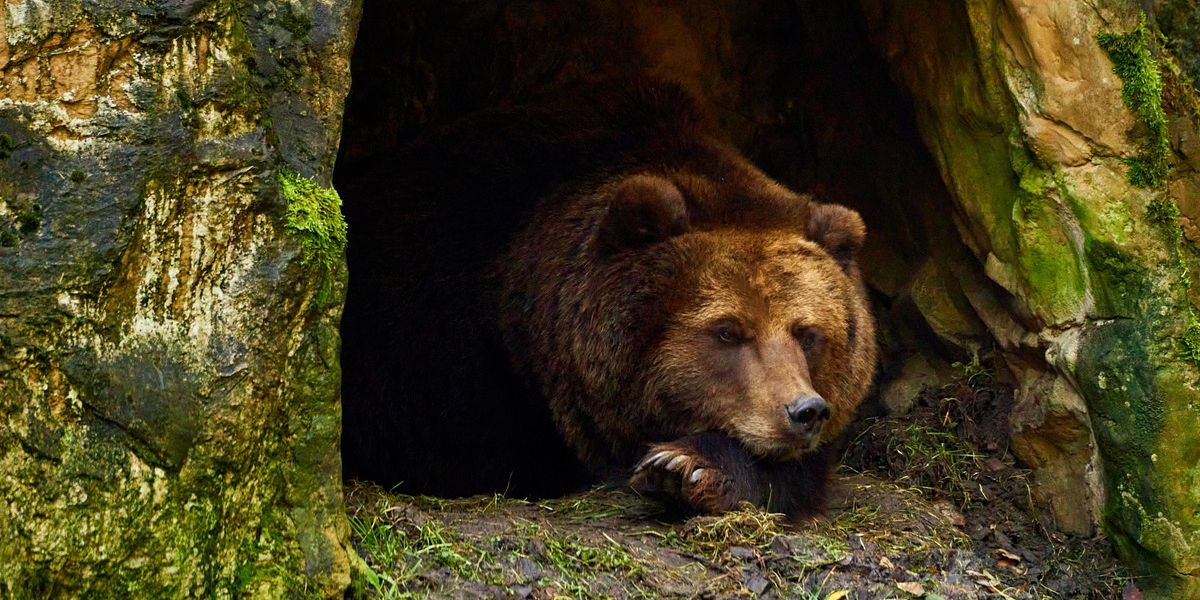Every year as the leaves begin to fall, many animals start to prepare for a long winter snooze, escaping the cold and scarcity of food. In this article, we explore the atypical realm of hibernation, answering common questions like 'Do All Bears Hibernate?' and exploring the intriguing quandary, 'Hibernation vs Sleep'. It's time to take a deep dive into the fascinating world of "Animals That Hibernate."
The Basics of Hibernation
Hibernation is a remarkable survival strategy adopted by various animals, primarily to escape the harsh winter conditions. The general perception of hibernation is a long, uninterrupted sleep. However, biologically, it is more of a state of inactivity, characterised by lower body temperature, slower breathing, and lower metabolic rate. The process prepares 'Animals That Hibernate' to conserve energy and survive the winter with little or no food. It's like a superpower where species hit the pause button on their regular activities to sustain through the colder months.
Animals that go into deep hibernation can appear as if they are dead. Their body temperature drops to just above the ambient air temperature, and their heart rate slows dramatically - in the case of some small hibernators, to just a few beats per minute. Amazingly, many hibernating animals will not eat, drink or produce waste during this time.
Hibernation vs Sleep: What's The Difference?
You might be pondering 'Hibernation vs Sleep', aren't they the same thing? Although they may seem similar to the untrained eye, there exist fundamental differences between these two states. Just like humans, animals also cycle through various stages of sleep, including REM (Rapid Eye Movement) phases, these stages are not experienced during hibernation. When an animal sleeps, their physiological metrics like heart rate, body temperature, breathing rate etc., reduce slightly. However, during hibernation, these levels undergo drastic changes. The body temperature of a hibernating animal can drop by more than 50%, where they use less than 5% of the energy required for their regular activities. Remarkably, while humans and other mammals cannot go without water for more than a week, hibernators can do it for several months during the long winter hibernation period.
Do All Bears Hibernate?
When it comes to 'Do All Bears Hibernate?', there's an interesting twist. All bears, indeed, enter a state of dormancy during winter, but not all of them technically 'hibernate'. The confusion arises from the distinction between 'true hibernation' and what some bears experience, known as 'torpor'. True hibernators, such as some rodents, undergo significant drops in heart rate and body temperature. For example, a ground squirrel's body temperature might fall to just above freezing, and their heart rate plummets from about 200 beats per minute to just 5! Meanwhile, their metabolic rate and energy consumption decrease to as little as 2% of summertime levels.
As we continue to immerse ourselves into the engaging realm of animal hibernation, one cannot help but marvel at the variety of species that undergo this fascinating biological process every winter. Understanding the mechanics of hibernation and the sheer precision of nature as it functions to allow these animals to endure frozen tundra or food scarcity is nothing short of an awe-inspiring phenomenon.
So, how do these animals restore themselves? Surprisingly, it is a mix of food, specialized adaptation, and good ol' fat. Animals prepare for profound hibernation by indulging in a pre-hibernation feeding frenzy during the end of fall, accumulating layers of body fat which will provide them much-needed nutrients and energy in the harsh winter months.
Prepping for the Deep Sleep
Bears may be the most prolific hibernators known to us. A brown bear, for instance, can gain up to 180 kg during its feeding frenzy to survive the winter hibernation. It hibernates not due to the cold but because of the lack of available food. They slow their metabolism down enough to live off their body reserves, and unlike smaller hibernators, they don't need to wake up for feeding or toileting.
Smaller critters like the fluffy chipmunks have a different tactic for survival. Before going into hibernation, they stockpile food in their burrows. They do not hibernate continuously – they wake up occasionally to snack on their hoard. Their body temperature drops drastically, and their heartbeat slows from the usual 350 beats per minute to just about 4.
Hibernation Vs. Torpor
While discussing hibernation, it's crucial to understand the distinction between hibernation and torpor. Although commonly confused, they are significantly different. Torpor, like hibernation, is a state of decreased physiological activity; however, it is typically for short periods. Animals in torpor wake up slightly to eat, relieve themselves, or respond to predators. Even hummingbirds and bats use torpor, lowering their metabolic rates to conserve energy.
The Dance of the Beneficial Genes
Conversely, animals hibernating are in a deep slumber, rarely showing any signs of wakefulness. Scientists speculate that genes play a crucial role in hibernation. A study conducted by Professor John Dark at Jefferson Medical College found specific genes in squirrels which activate during their long, winter hibernations. These genes produce a protein that protects and restores body tissues, allowing the animal to come out of hibernation without suffering from disuse atrophy or other physical effects from prolonged inactivity. The possibilities offered by these findings in medical science, especially in understanding organ regeneration, are vast.
In the grand scheme of life, whether it be a bear in a cave or a bee in a hive, survival is critical. Hibernation, with all its mystery and marvel, is a testament to nature's myriad techniques for ensuring that survival.




